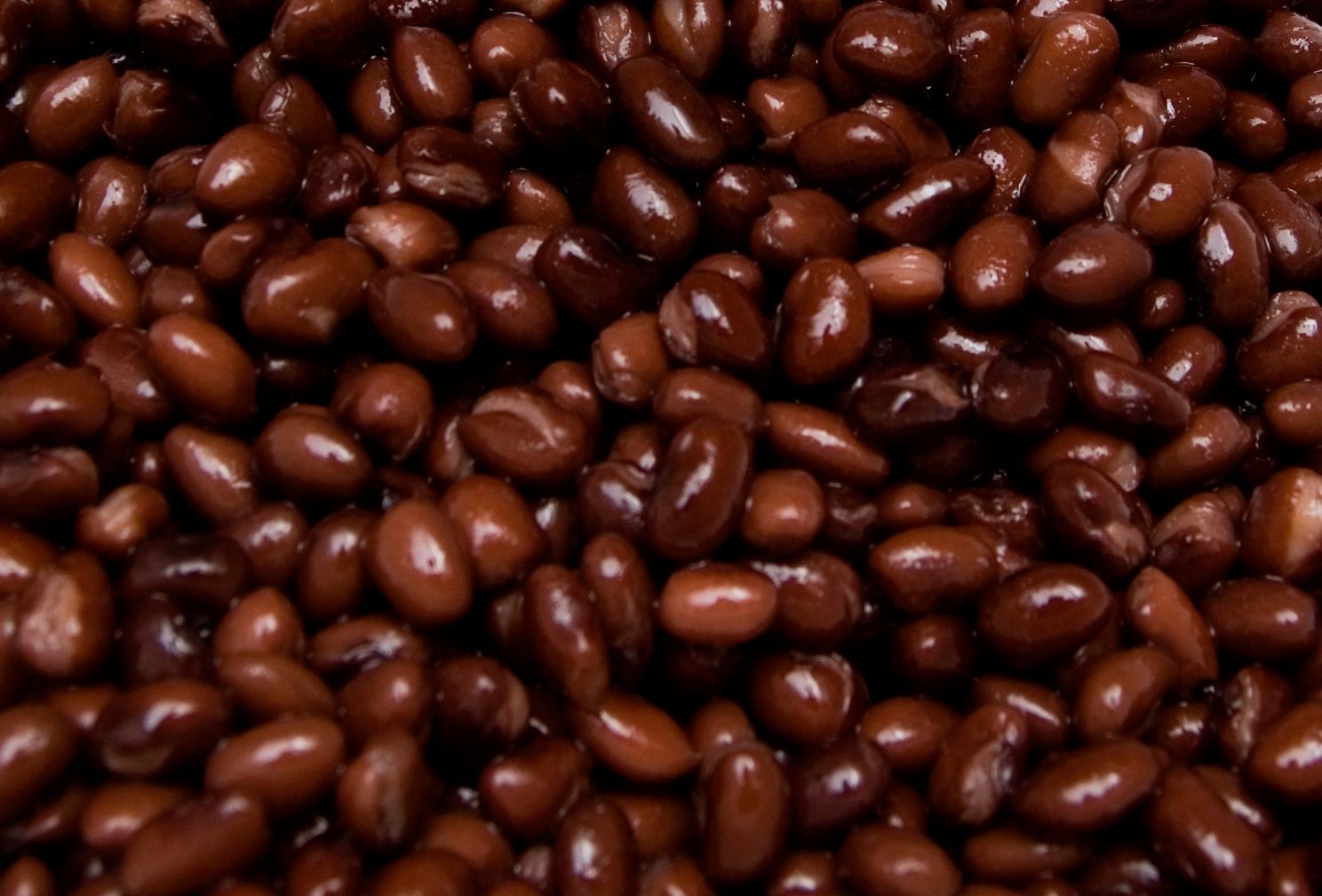
The Truth About Plyometrics: More Than Just Jumping Fitness
- Apr 15, 2024
You know the type: the fitness "guru" who can't stop yapping about his new high-intensity plyometrics workout. They're jumping here, squatting there, and leisurely chatting about eccentric muscle contractions like it's the new artisanal sourdough. Sounds like a lot? It is. But plyometrics-real plyometrics-is more than just a modern version of your kiddo's hopscotch marathon.
Welcome to the world of "jump training," a buzzy term for what is essentially a comprehensive approach to building endurance, speed, and agility. Yes, there's jumping involved, but there's more to this plyo thing than hopping around like a jackrabbit on rocket fuel.
Imagine plyometrics as resistance exercise's angsty teenage cousin. Instead of focusing on slow, controlled movements, plyometrics is all about quick, powerful bursts-picture Superman's liftoff versus a yogi's sun salutation. Plyo staples like squat jumps and plyo push-ups require your muscles to generate maximum force in minimum time-essentially, workout efficiency at its finest.
Now, let's get nerdy. These fast, explosive movements work because of something called a stretch-shortening cycle (SSC). This happens when a muscle lengthens, then immediately contracts-a little like the therapeutic release of a slinky. And for the science lovers out there, it involves three phases: eccentric, amortization, and concentric. Sounds like a lot of jargon? Think of it as the 1,2,3 of a successful plyometric move.
Plyometrics offers a shedload of health benefits, from increasing muscular power, enhancing running speed, and even aiding balance and coordination (because no one wants that embarrassing trip over their own feet). But remember, dear friends, with great power comes great responsibility. Plyometric training can be intense, so for the love of your tendons, start slow and seek professional advice if injury-prone or new to the workout scene.
The highs of plyometrics keep on going, promising weight loss when incorporated into cardio and strength workouts. However, our favorite ethos still applies: all that's good must be in moderation. Balance your plyo stints with other longer, sustainable activities like swimming or walking to avoid tire outs and to optimize calorie burning.
Don't worry about outfitting your workout space for plyos with bank-breaking gear. Really, all you need are supportive athletic shoes (because your feet are worth it) and a sprinkle of determination. Fancy plyo boxes and resistance accessories are nice to have but completely optional.
Before you jump into plyometrics (pun intended), be sure to get your guru on by mastering classic bodyweight exercises. Once you've got the basics down, plyometrics becomes the logical next step-adding a pop of explosiveness and an interesting twist to your workout routine. Start easy, learn to land properly, and gradually up your game. And don't forget, always fuel your body right, pre and post-workout. Noted? Good.
Cut through the noise, and you'll find that plyometrics is just a fancy term for a pretty straightforward concept. It's all about moving efficiently and powerfully-a full send towards your health and fitness goals. So, slip into your workout gear and embrace a new world of fitness. Superman would be proud.






